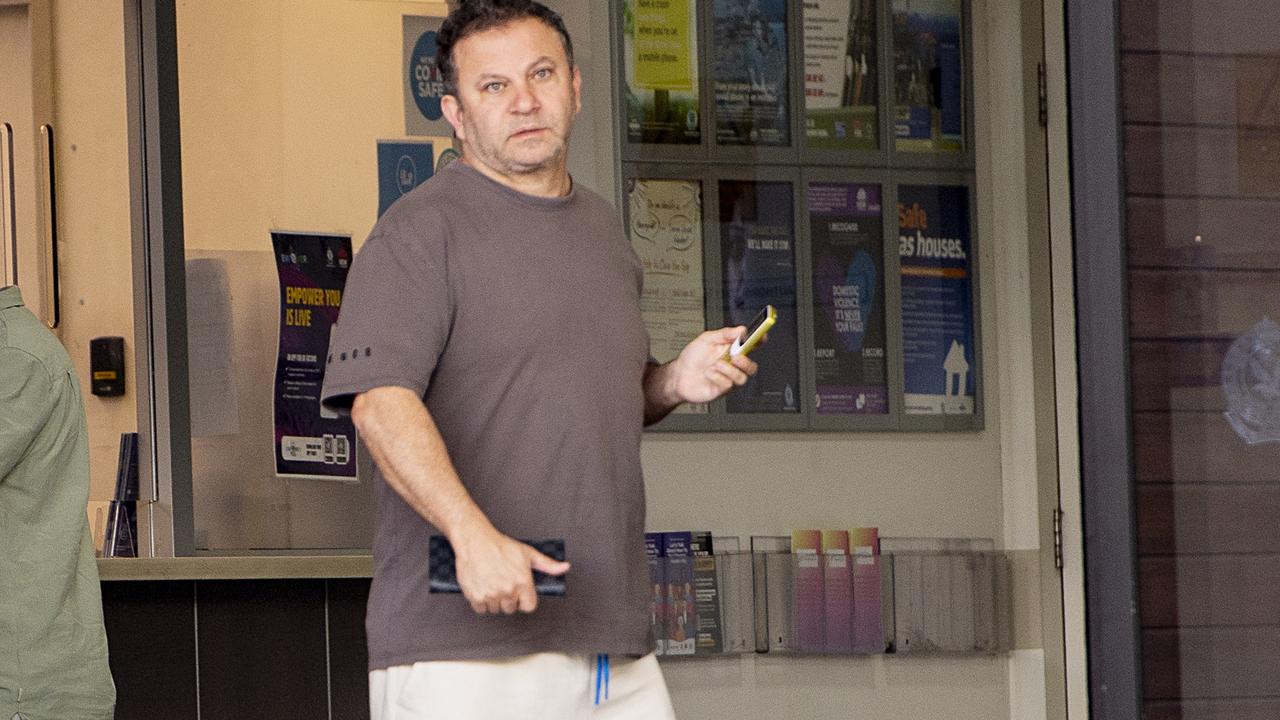Putricia the Corpse flower proves popular attraction for Sydney’s plantlife fans
“Putricia” is currently Sydney’s rarest, smelliest and most fleeting attraction. Almost 7000 people have queued to get a glimpse of her. And the best part is yet to come.
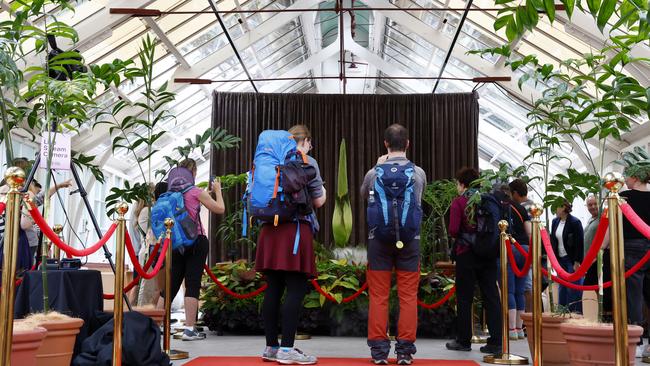
NSW
Don't miss out on the headlines from NSW. Followed categories will be added to My News.
Sydney’s budding botanists and horticultural hobbyists are on the edge of their seats, waiting in anticipation to find out if today is the day one of the world’s rarest flowers blooms right here in the Harbour City.
The corpse flower, notorious for its stench of rotting flesh, is expected to bloom imminently at the Royal Botanic Garden Sydney for the first time in 15 years.
Native to Sumatra, Indonesia, the Amorphophallus titanium, known as the Corpse flower, is one of the rarest plants on Earth, with fewer than 1,000 remaining in the wild.
The bloom lasts a mere 24 hours, making its appearance at Sydney’s garden a rare and fleeting spectacle.
The Garden’s Palm House glasshouse has been open to the public since Friday for the occasion, and when the flower finally unfurls the glasshouse will remain open until midnight.
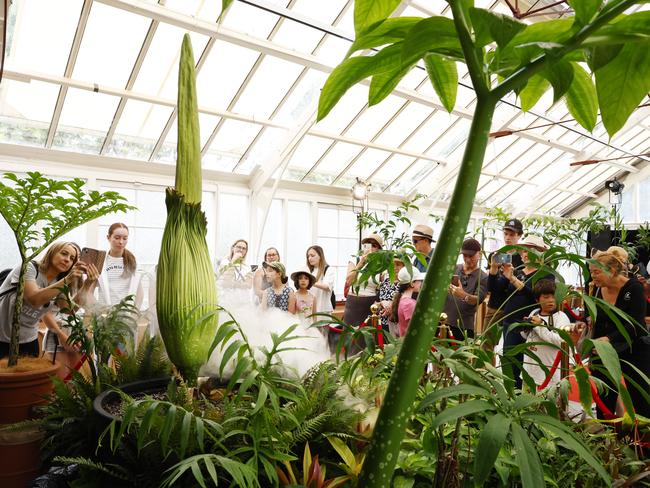
More than 6800 people have visited the plant — appropriately nicknamed ‘Putricia’ — with queues to get in growing longer each day. A livestream on YouTube and the Gardens’ website has been viewed more than 200,000 times.
Brett Summerell, Chief Scientist at the Botanic Gardens, explained that the flower’s infamous odour is a survival mechanism.
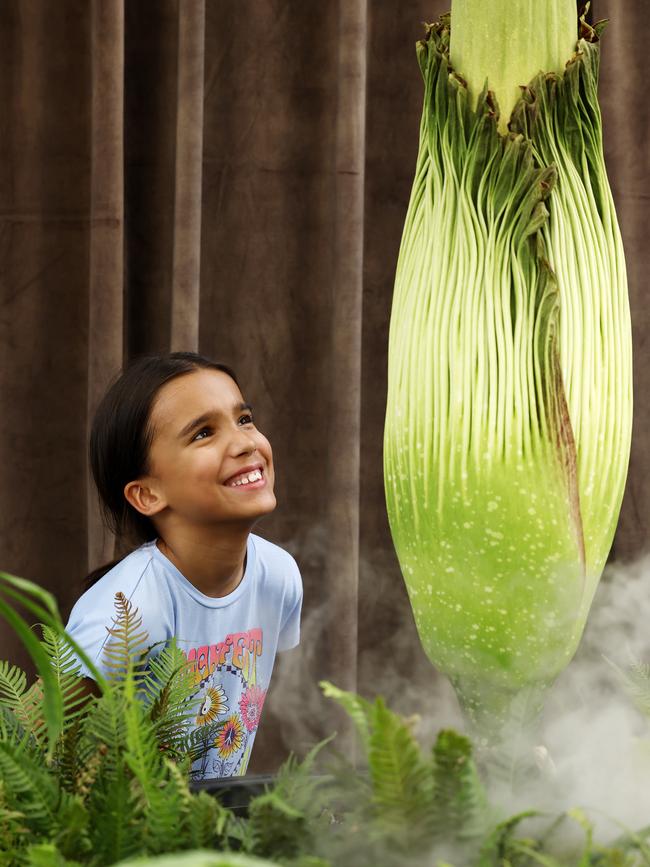

“The flower mimics the smell of a dead animal in the jungle to attract pollinators like flies and Carrion beetles,” he said. “Once they land, these insects transfer pollen to ensure the species’ reproduction.”
Beyond the smell, the corpse flower boasts other remarkable features.
Its deep crimson-red spathe, resembling rotting flesh, is complemented by a temperature excretion of 38 degrees celsius at the base – designed to amplify the overpowering smell.
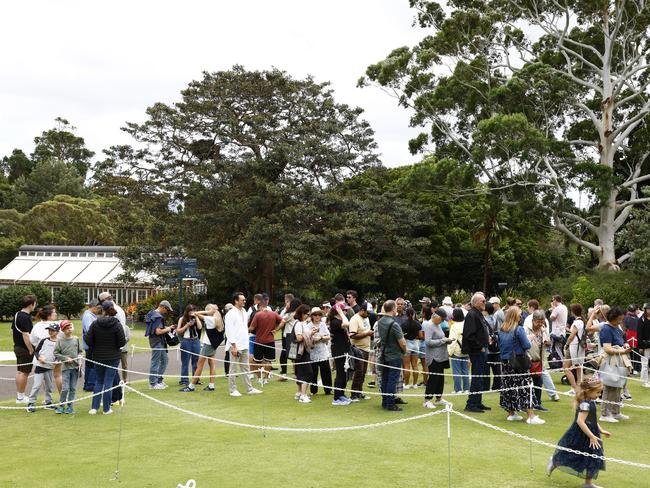
“This combination of scent, colour, and temperature is a ruse to trick pollinators into believing they’re getting a feed,” Mr Summerell said.
“It’s such a unique process of evolution.”
Despite the overwhelming stench, the bloom has drawn in large crowds who are all eager to witness this rare phenomenon.
Rebecca Chandra and her daughter, captivated by their shared love of science, described their visit to the Corpse flower in the Botanic Garden as “exhilarating and magical”.
Reflecting on the corpse flower, Mrs Chandra said “the shape of the leaves is unreal… We knew we had to visit in real life.”
Originally published as Putricia the Corpse flower proves popular attraction for Sydney’s plantlife fans


